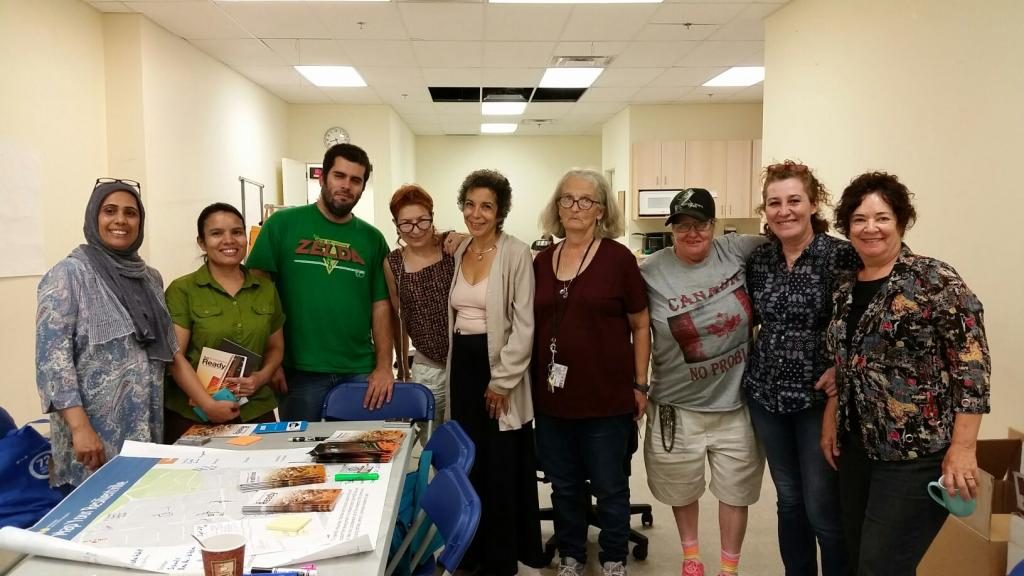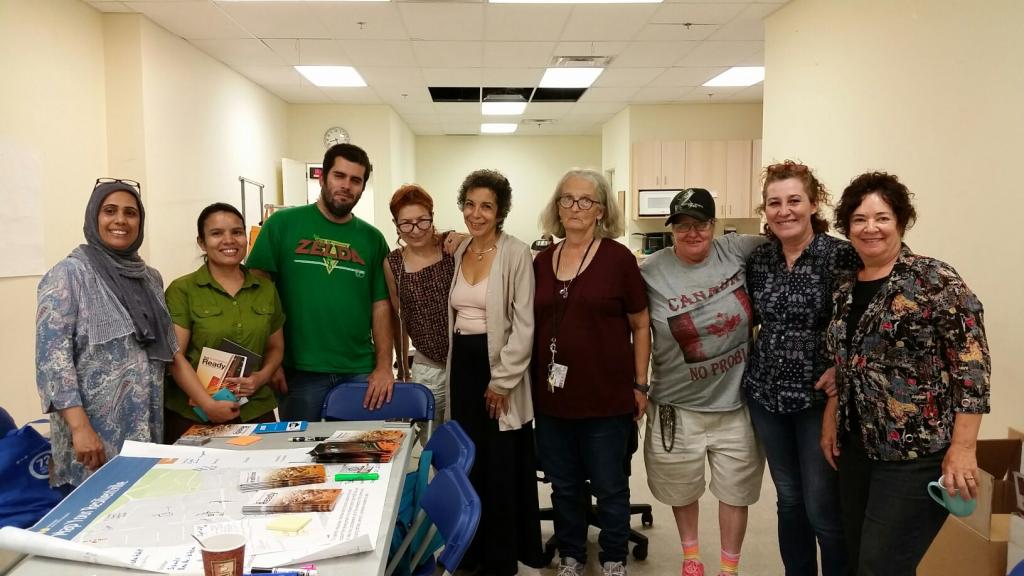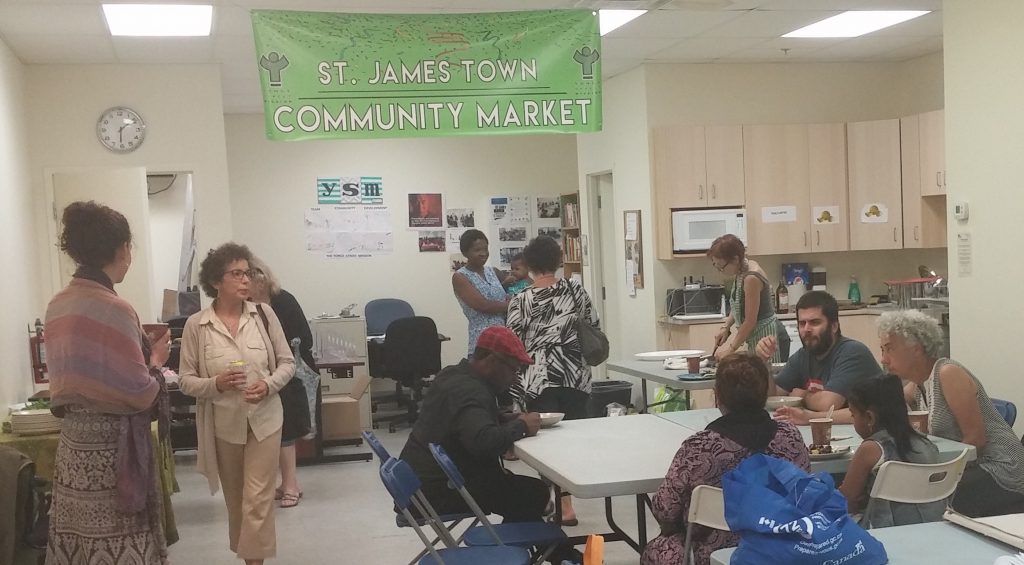This is a guest blog by: Lucy Cummings, Faith & The Common Good; Sheila Murray, Toronto CREW; and Chris Winter, Climate Action Canada
“Recovery from natural and other disasters does not depend on the overall amount of aid received nor on the amount of damage done by the disaster; instead, social capital — the bonds which tie citizens together — functions as the main engine of long term recovery.” — Daniel P. Aldrich, assistant professor of public policy at Purdue University
Hurricane Harvey. Hurricane Irma. BC wildfires. Extreme weather disasters are here to stay. Increasingly, communities the world over are facing the devastating impacts of climate breakdown including extreme heat, mega hurricanes and flooding, power outages and food shortages. Governments assist in emergencies but they can’t do it all.
In the early hours and days of a crisis, it is up to local residents, organizations, and businesses to look after one another: to open their homes or buildings to those without power, to reach out and contact those in apartment buildings or neighbourhoods who may need help, and to volunteer with groups that are providing emergency services.

But if an emergency happened today in our communities, would we be ready? Would we know where to go for help, or to volunteer to help others? First-aid kits, bottled water and individual action plans aside, how resilient are our communities and why are we waiting for an emergency to happen before we organize ourselves?
Community Based Action
It’s critical that we invest in building neighbourhood resiliency. One part of that investment should be focused on physical infrastructure and design, but our social infrastructure is equally important. In times of emergency, most of us want to help our neighbours. Establishing networks of community organizations, businesses and other local stakeholders before disaster strikes provides an effective structure for coordinating emergency services and neighbourhood volunteers.
Building resiliency is an ever-evolving process — it takes time and trust to create strong networks of support; the sooner we start, the better the outcome.
Although Canada does not yet have a strong support program for community-based resilience, several organizations are already working with community groups to support locally based projects.
For example, Toronto based Community Resilience to Extreme Weather (CREW) is working in St Jamestown with LIFT and the youth-led Conscious Minds Co-operative (CMC), a nonprofit that cultivates resilient communities, in developing a community resilience and emergency preparedness plan that is focusing on helping alleviate the food insecurity that so often accompanies extreme weather emergencies.
Climate Action Canada is another independent initiative that supports effective community engagement in Canada’s climate plans. CAC focuses on empowering communities and local groups to tackle climate change through projects and campaigns that link climate action with social benefit. Their pilot project is in the Parkdale and Roncesvalles villages in Toronto to develop a community climate plan with Green 14, Greenest City, BIAs, residents associations, and other groups.
Faith-based organizations can play a major role when it comes to helping neighborhoods in times of disaster. The national non-profit group, Faith & the Common Good (FCG) not only encourages faith groups to examine their own preparedness for climate-induced extreme weather events, but also asks them to reflect on how they can best support climate-vulnerable neighbours in their social and ecological justice work. Their Extreme Weather Toolkit for GTA Faith Communities is a great resource for faith groups who are looking to get started in thinking about how to work with community partners to enhance local resilience to extreme weather.
Groups and Organizations working together
Even better for communities is when groups work in tandem across traditional boundaries to support our most vulnerable. This is the case of the City of Brampton’s recently approved Emergency Management Office’s Project Lighthouse. Project Lighthouse aims to support and train diverse groups of worship across the city to act as points of rendezvous for vulnerable people needing guidance and support during extreme weather emergencies. We know with certainty that the disadvantaged among us will suffer disproportionately from climate related impacts of extreme weather and from illness caused by polluted air and water, or vector borne diseases such as Lyme or West Nile.
The good news is that the Ontario Trillium Foundation has recognized the importance of diverse groups working together to strengthen neighborhood-based climate resilience. They are funding a pilot project, led by Faith & the Common Good, to learn from these examples and examine the viability of establishing community designed and lead resilience hubs in Brampton, Hamilton and Toronto. These pilots will not only identify how diverse local partners, such as libraries, faith groups, local environmental NGOs, and others can work together during an emergency, but will also consider what can be done on a broader level to safeguard residents against climate impacts, such as strategies to protect low-income residents during heatwaves. The hope is that this work to enhance neighbourhood-level climate resilience can be replicated in municipalities across the region and the country.
The examples above demonstrate how critical it is that we recognize and support the role of community organizations and volunteers as significant partners in responding to climate change, before, during and after disaster strikes. Their contributions should be considered an essential component of all municipal, provincial and federal climate plans.










